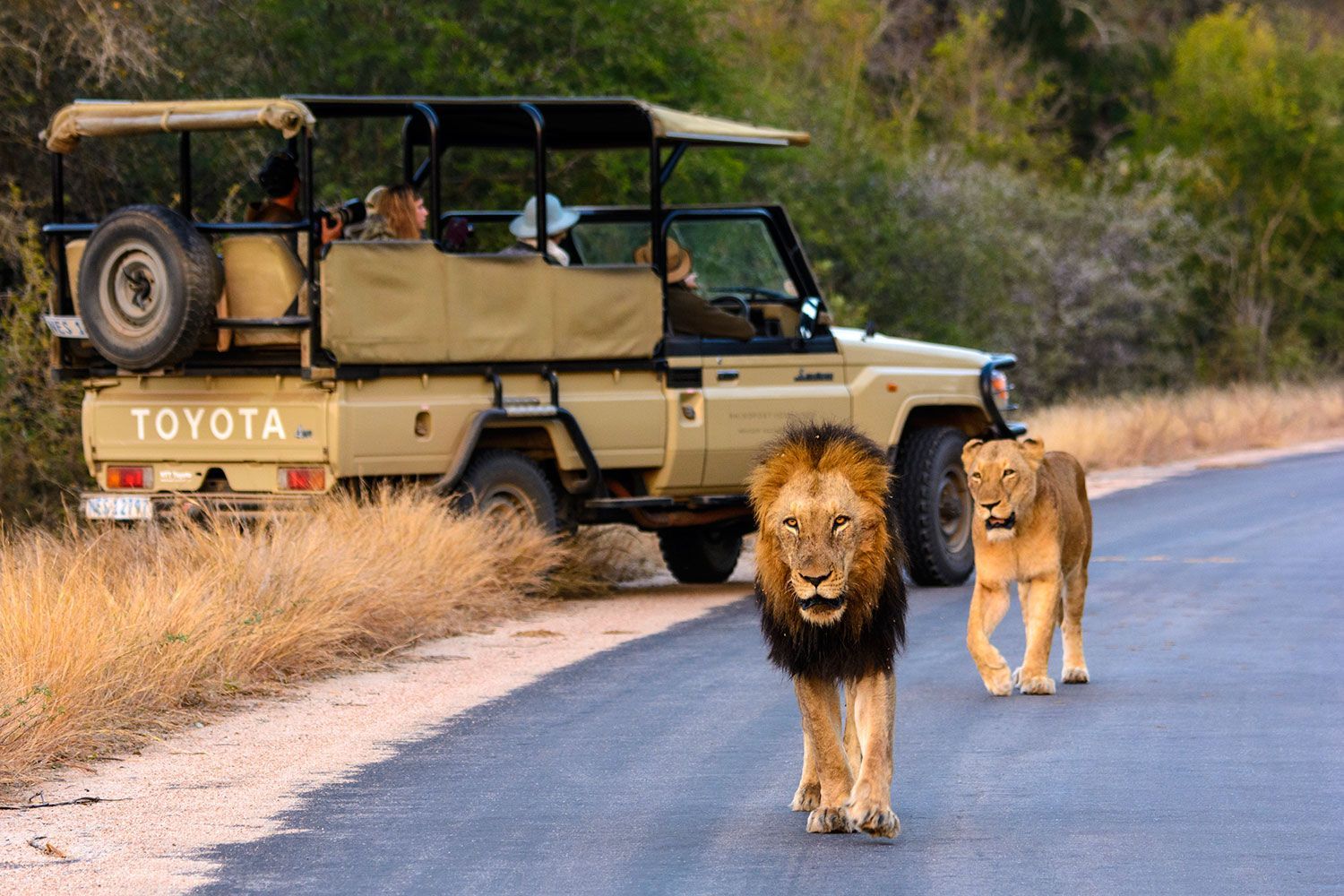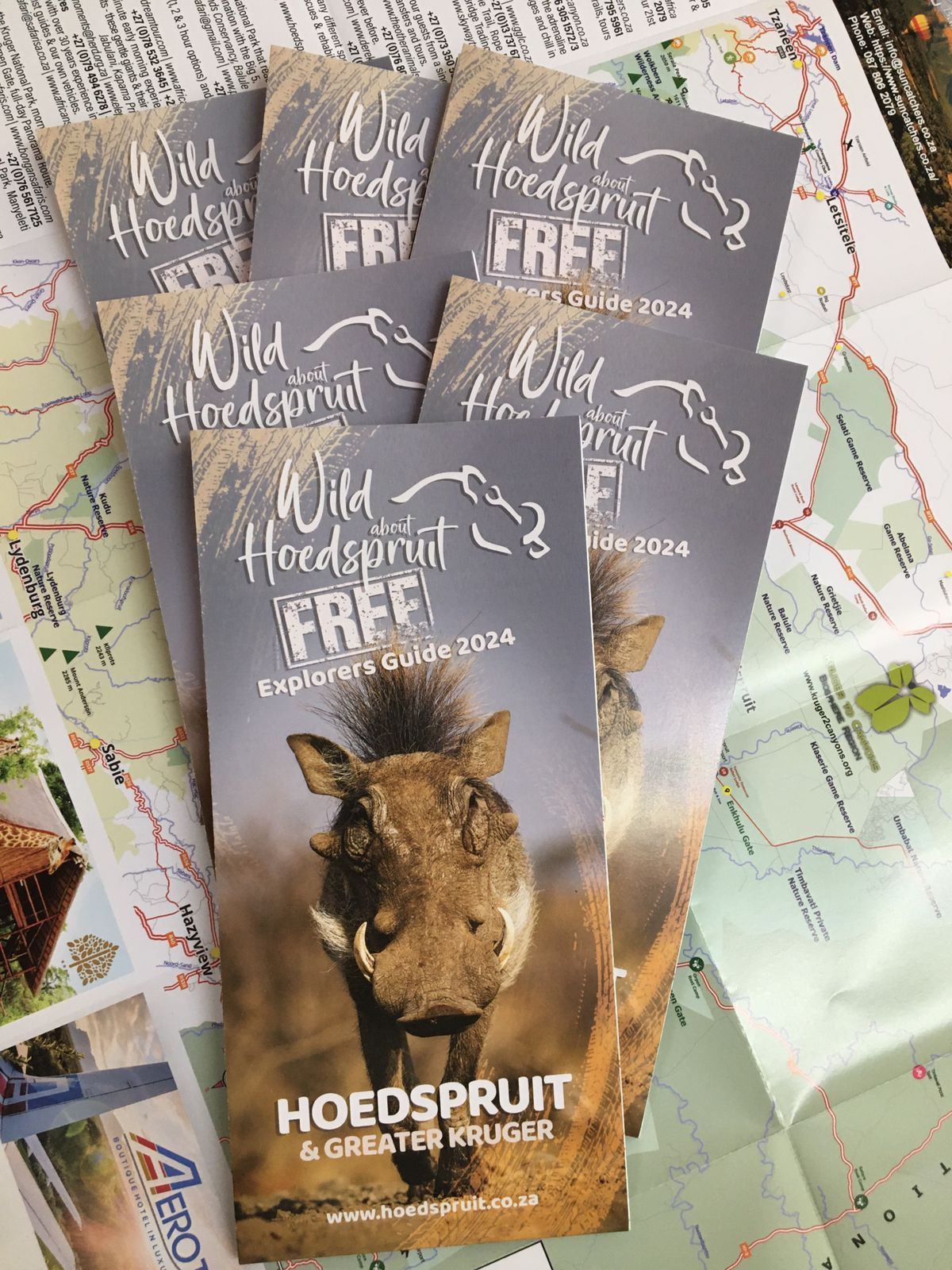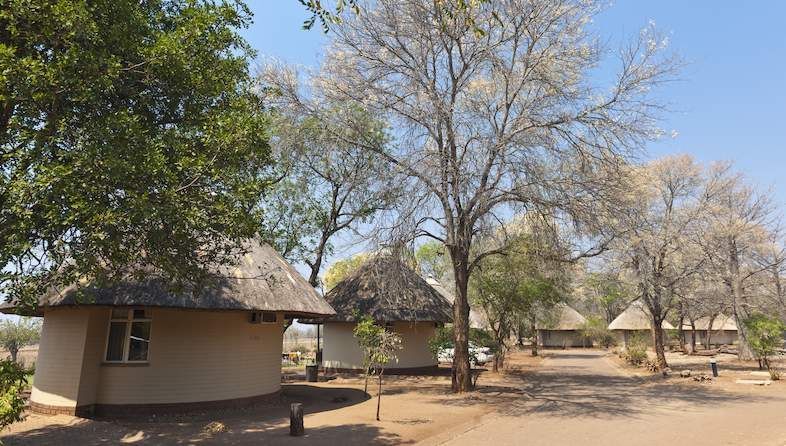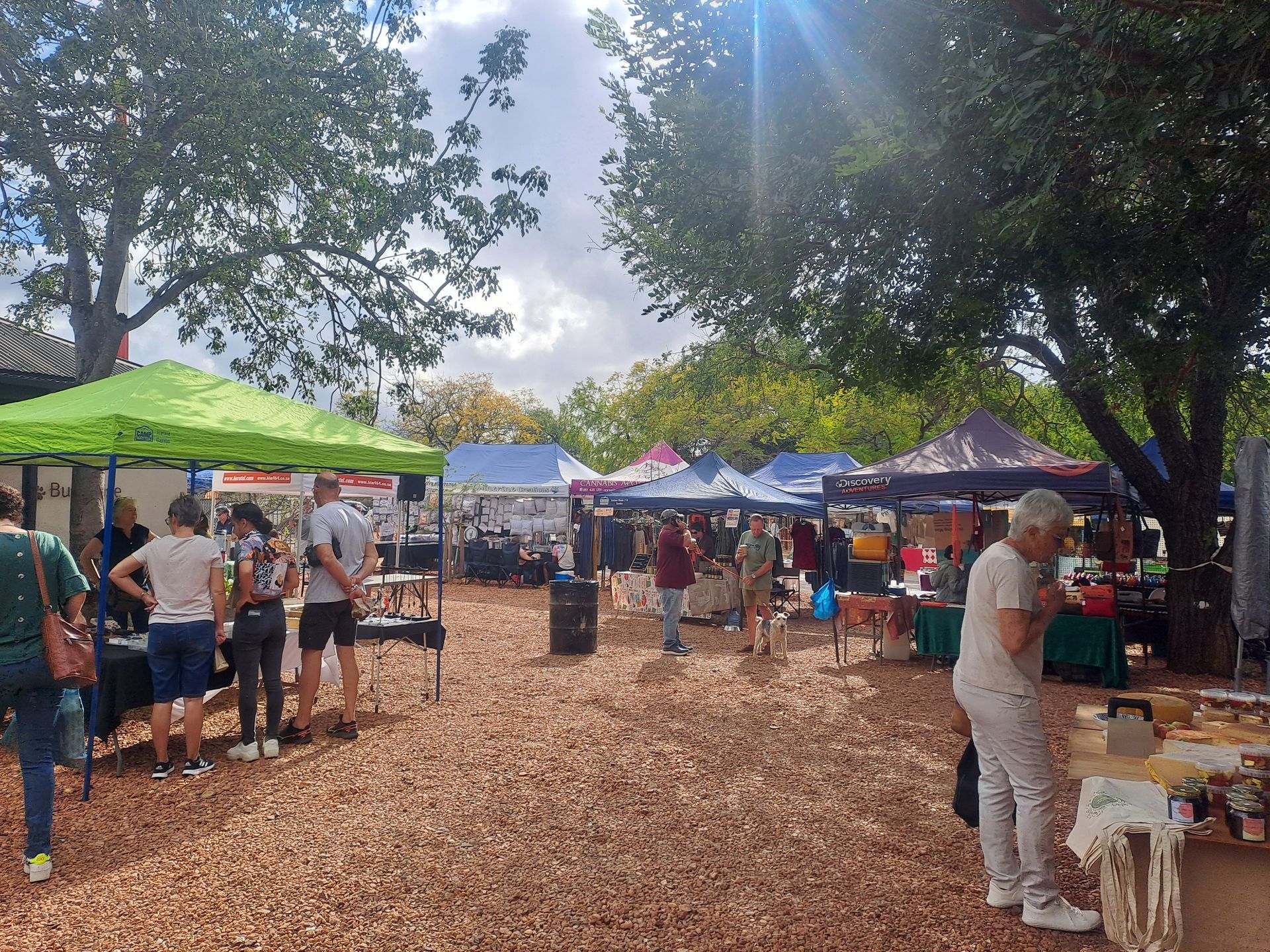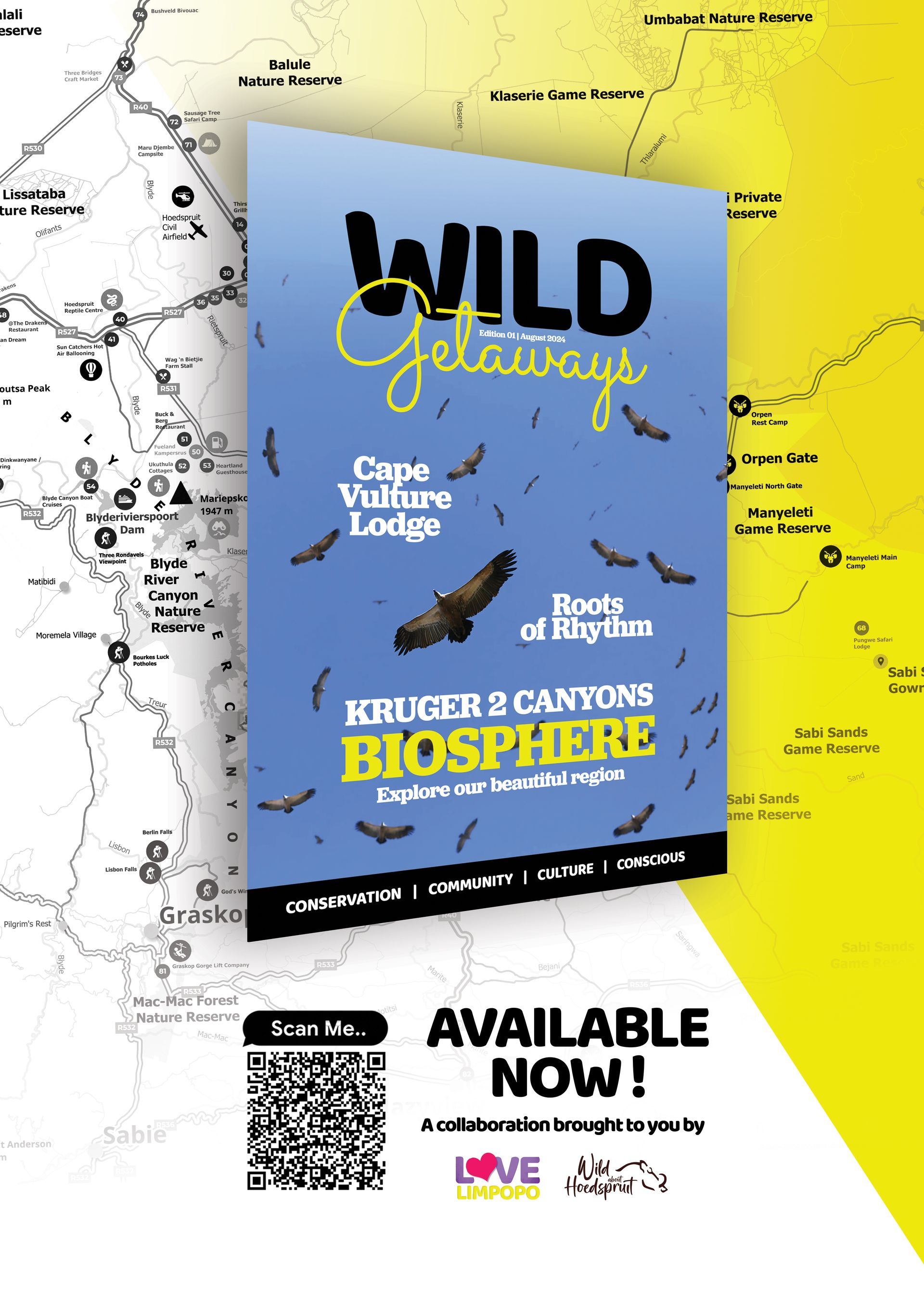The Helmeted Guineafowl in Kruger National Park: A Complete Guide
The Helmeted Guineafowl, with its striking appearance and lively presence, adds a touch of charm to the wildlife mosaic of Kruger National Park. This distinctive bird, known for its unique helmet-like casque, is an exciting species to encounter, contributing to the park's diverse avian population.
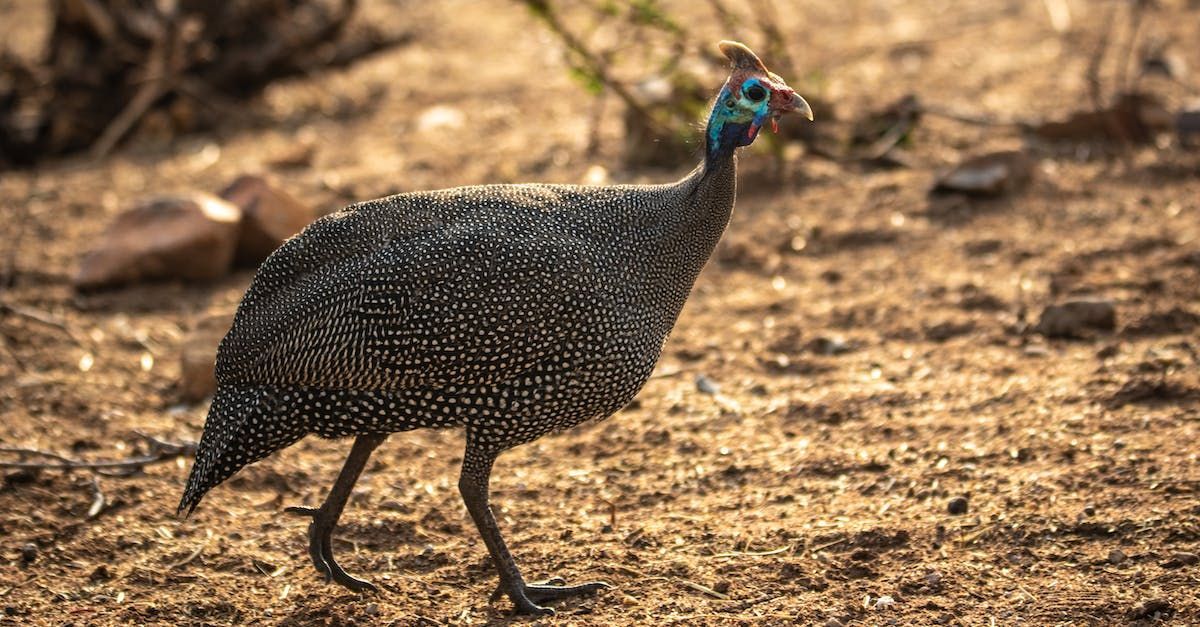
Why It's an Exciting Species to Encounter in Kruger
The Helmeted Guineafowl's captivating appearance, vibrant plumage, and energetic behavior make it a delightful addition to the birdlife of Kruger. Observing flocks of these charismatic birds adds a colorful dimension to the overall safari experience.
Identification
Physical Characteristics
The Helmeted Guineafowl is a medium-sized bird recognized by its blue-gray plumage adorned with distinctive white spots. Its most notable feature is the helmet-like casque atop its head. This bird has a compact build with a round body, short legs, and a bare, featherless face.
Unique Features for Easy Identification
The helmet or casque, along with the unmistakable spotted plumage, sets the Helmeted Guineafowl apart from other bird species in Kruger. Their characteristic calls and communal behavior further aid in easy identification.
Fascinating Facts
Interesting and Lesser-Known Facts about the Helmeted Guineafowl
Helmeted Guineafowl are proficient runners and prefer ground-dwelling activities. They are highly social birds, often forming large flocks known as "confusions." Additionally, their distinctive calls serve as effective communication within the group.
Its Role in the Ecosystem
Helmeted Guineafowl contribute to ecosystem health by foraging for seeds, insects, and small invertebrates. Their feeding habits help control pest populations, making them valuable to the park's ecological balance.
Habitat and Range
Where in Kruger Can You Find the Helmeted Guineafowl?
Helmeted Guineafowl are widespread throughout Kruger, favoring a variety of habitats, including grasslands, savannas, and open woodlands. They are adaptable and can be encountered in different regions of the park.
Preferred Habitats and Behaviors
These birds thrive in areas with open spaces and ample ground cover. They are ground-dwelling and often seek refuge in trees or bushes when threatened. Flocking behavior is common, providing them with safety in numbers.
Best Times for Sighting
Seasonal Variations in Visibility
Helmeted Guineafowl are visible year-round, and their sightings remain relatively consistent. However, during the dry season (May to September), when vegetation is sparse, spotting these birds can be particularly rewarding.
Preferred Times of the Day
While active during the day, Helmeted Guineafowl are more commonly seen during the early morning and late afternoon when temperatures are moderate, and they engage in foraging and social activities.
Behavior and Social Structure
Behavioral Patterns and Interactions
Helmeted Guineafowl are known for their active foraging behavior, scratching at the ground to uncover food. They are social birds and exhibit strong communal bonds within flocks. Their alertness and loud calls help warn the group of potential threats.
Social Dynamics
In flocks, the Helmeted Guineafowl showcases social dynamics through cooperative foraging and a communal approach to predator evasion. Their united front enhances their chances of survival in the wild.
Conservation Status
Current Conservation Status
Helmeted Guineafowl are abundant and not currently considered at risk. Their adaptability to various habitats contributes to their stable population status in Kruger National Park.
Any Particular Threats or Challenges the Species Faces
While not facing significant threats, habitat degradation and potential predation remain concerns. Conservation efforts focus on maintaining suitable habitats and minimizing human-induced disturbances.
Tips for Spotting
Key Signs to Look For
Look for the distinctive blue-gray plumage covered in white spots, and the helmet-like casque on the bird's head. Listen for their unmistakable calls, and scan open grasslands and woodlands for flocks of Helmeted Guineafowl.
Popular Regions within Kruger for Sightings
Prime regions for Helmeted Guineafowl sightings include grassy plains, savannas, and woodland edges. Areas around Lower Sabie, Satara, and Skukuza are known for frequent Helmeted Guineafowl activity.
Encountering the Helmeted Guineafowl in Kruger National Park provides visitors with a delightful avian spectacle. Their vibrant presence and social interactions underscore the significance of preserving the park's diverse wildlife.
Additional Resources
Share This Article
Quicklinks
Related Articles
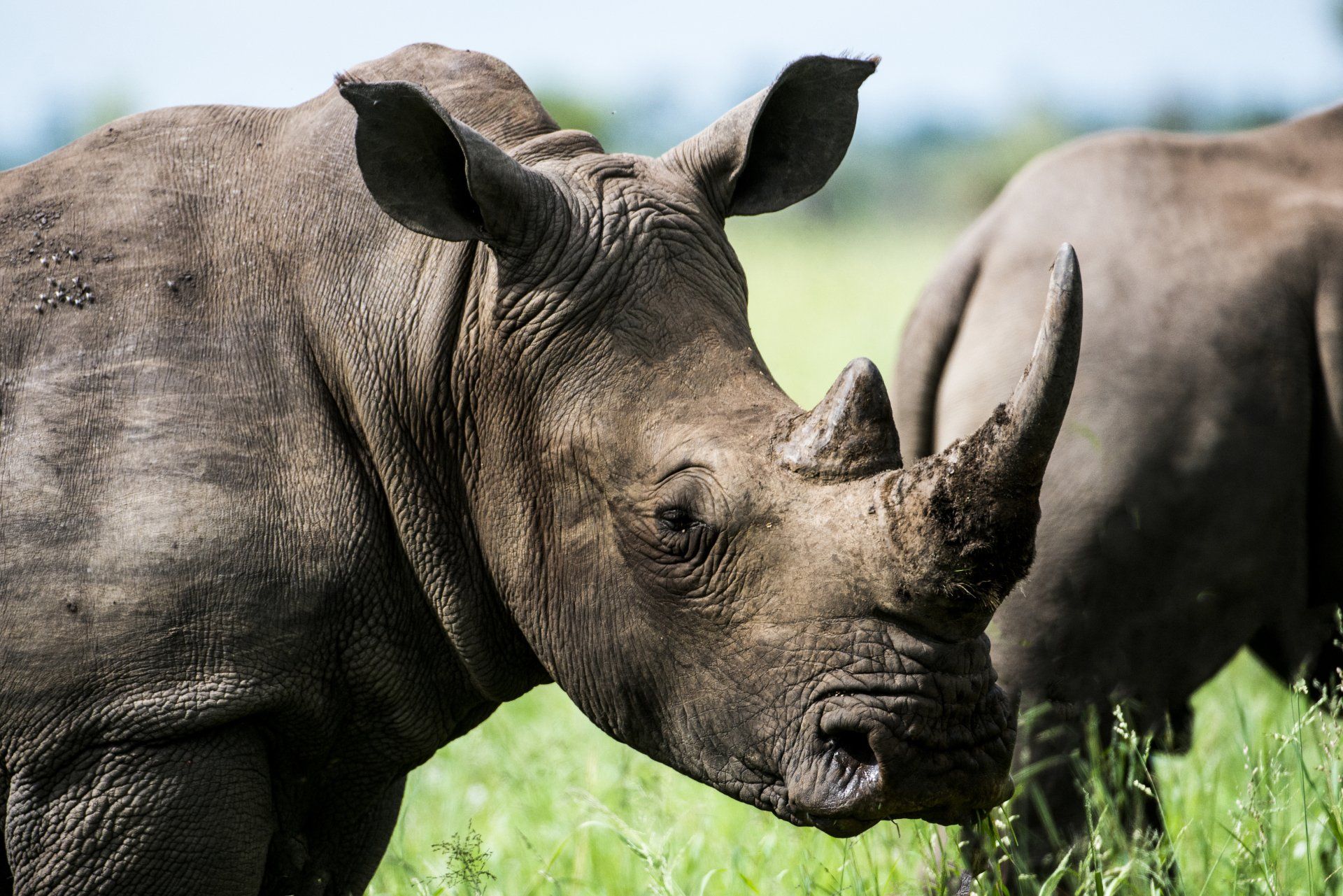
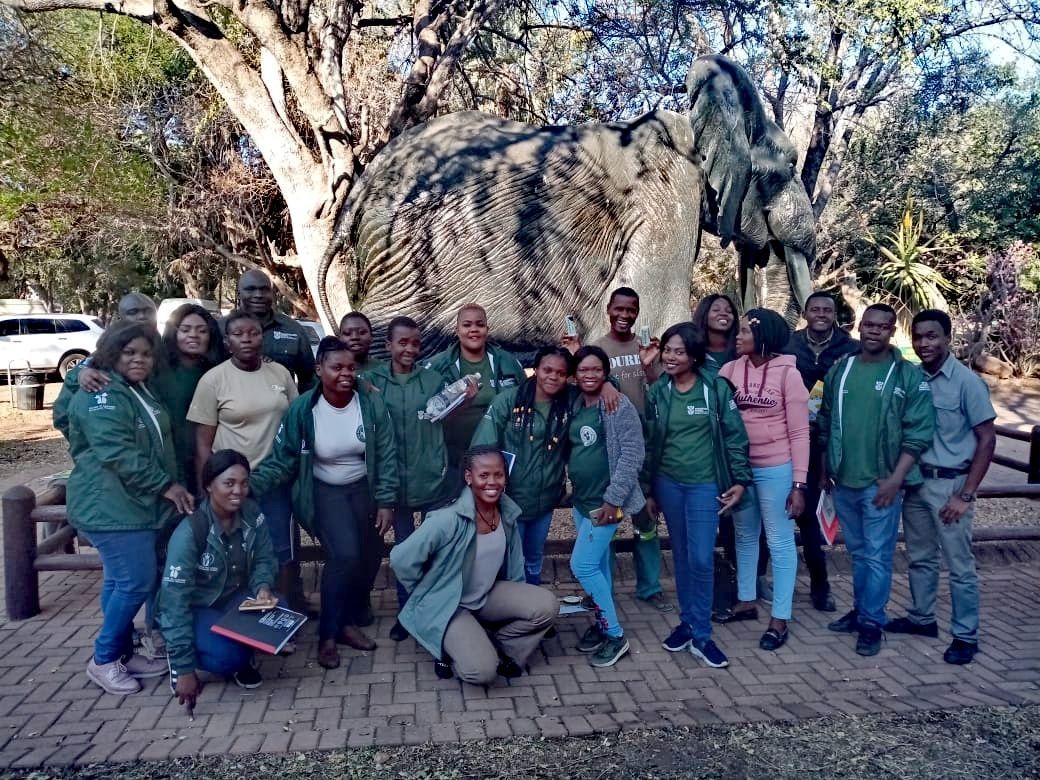
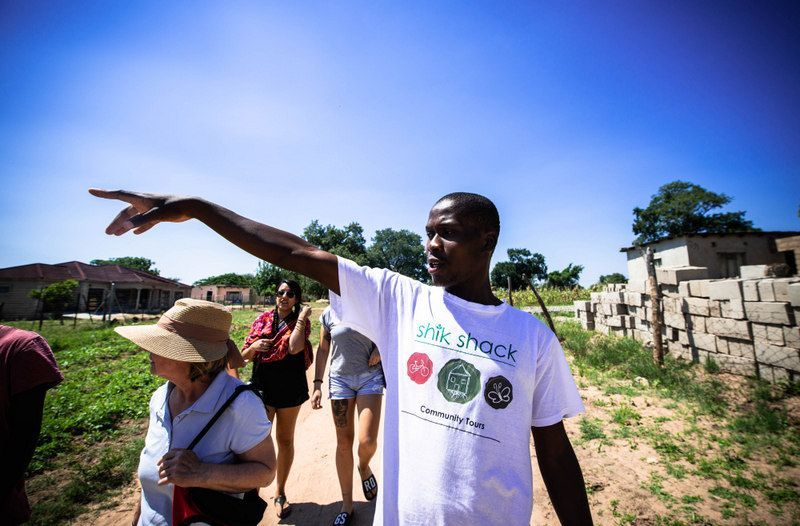
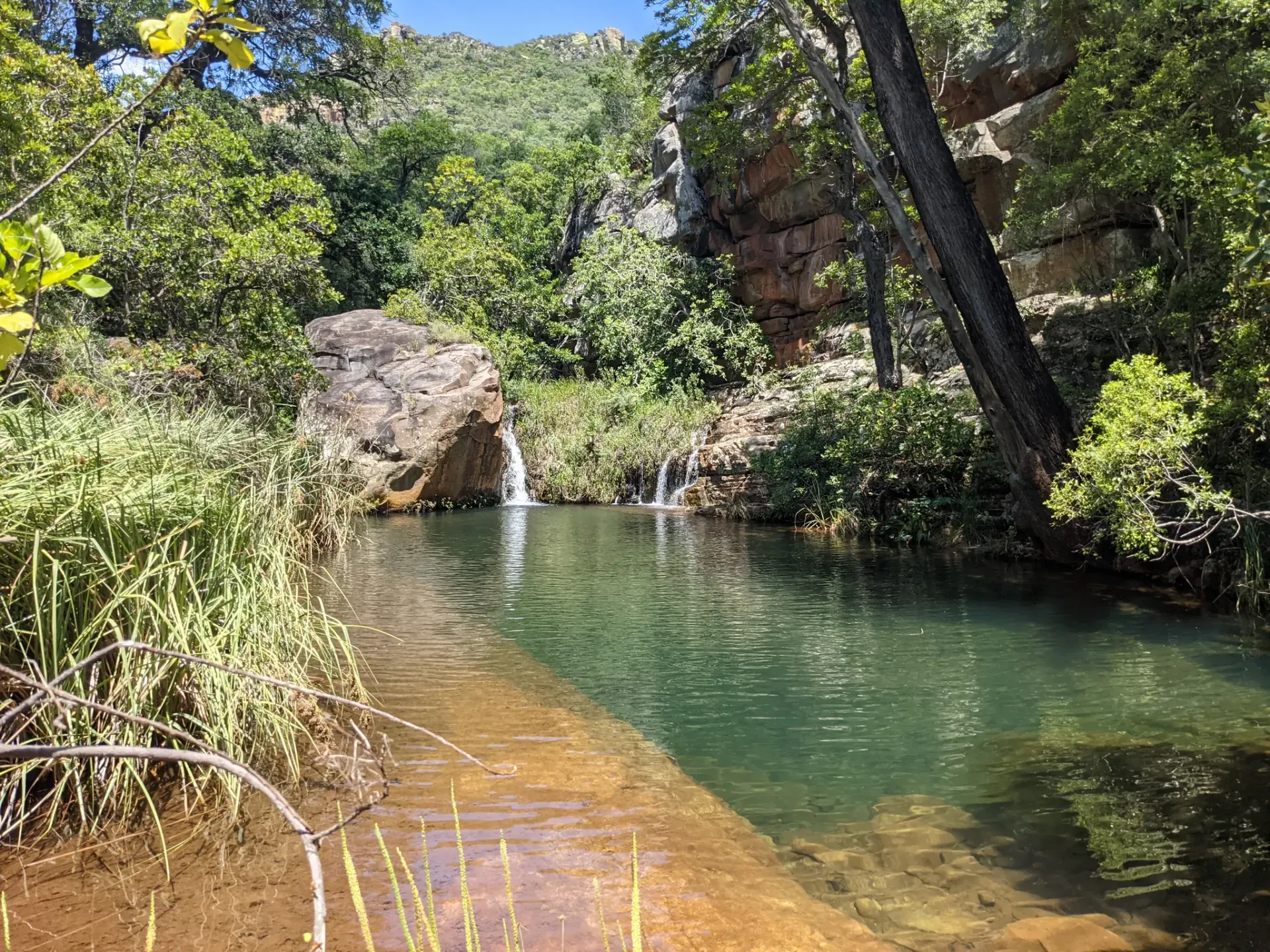

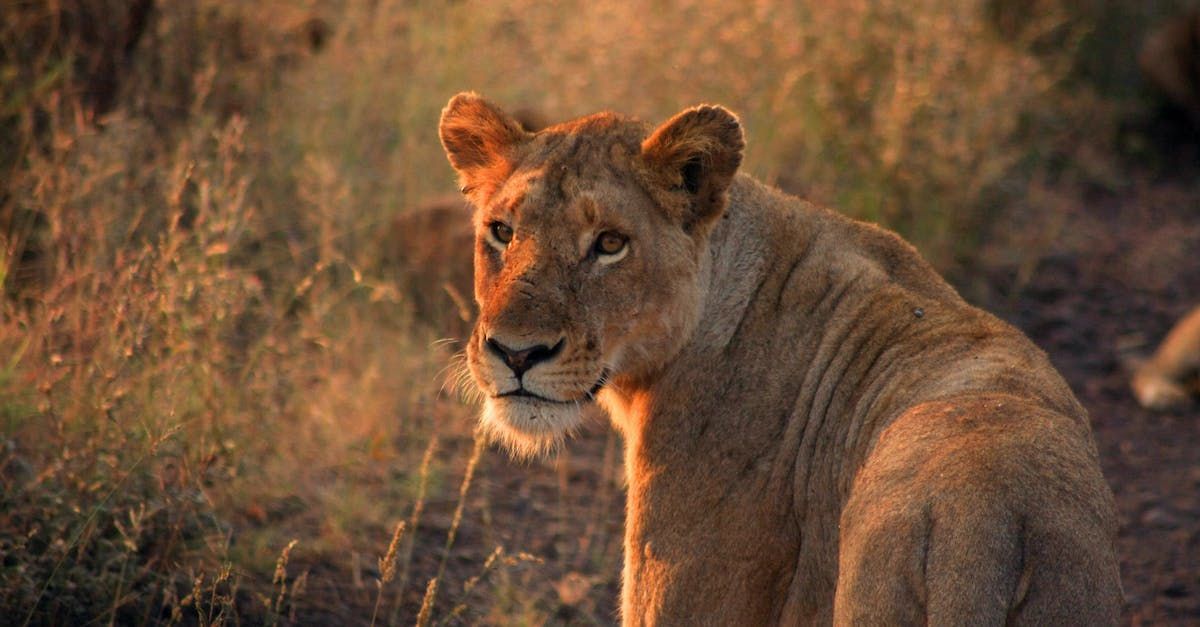

Hoedspruit Articles




